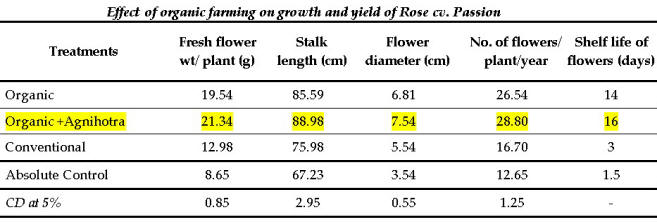Your cart is currently empty!
Growth of Plants in Agnihotra Atmosphere and with Agnihotra Ash
|
Previously, we saw that Agnihotra Ash helps seeds to germinate better. The same result we get when seeds are kept for germination in a room where Agnihotra is performed regularly. |
|||||
|
|||||
|
One relatively simple experiment was done in Fergusson College, Pune, India. Although the experiment was not done under ideal conditions, still the difference in growth of these two plants is obvious. |
|||||
 |
|||||
|
Organic plus Agnihotra gave best results in all the parameters which were checked. |
|||||
 |
|||||
|
Another experiment was done on potatoes. Yield and the occurrence of late blight were examined. (The disease late blight affects mainly potatoes and tomatoes – and which led to the Irish potato famine of the 1840s, two million people died or emigrated from Ireland then!). |
|||||
|
|||||
|
Other salient findings were: |
|||||


Leave a Reply